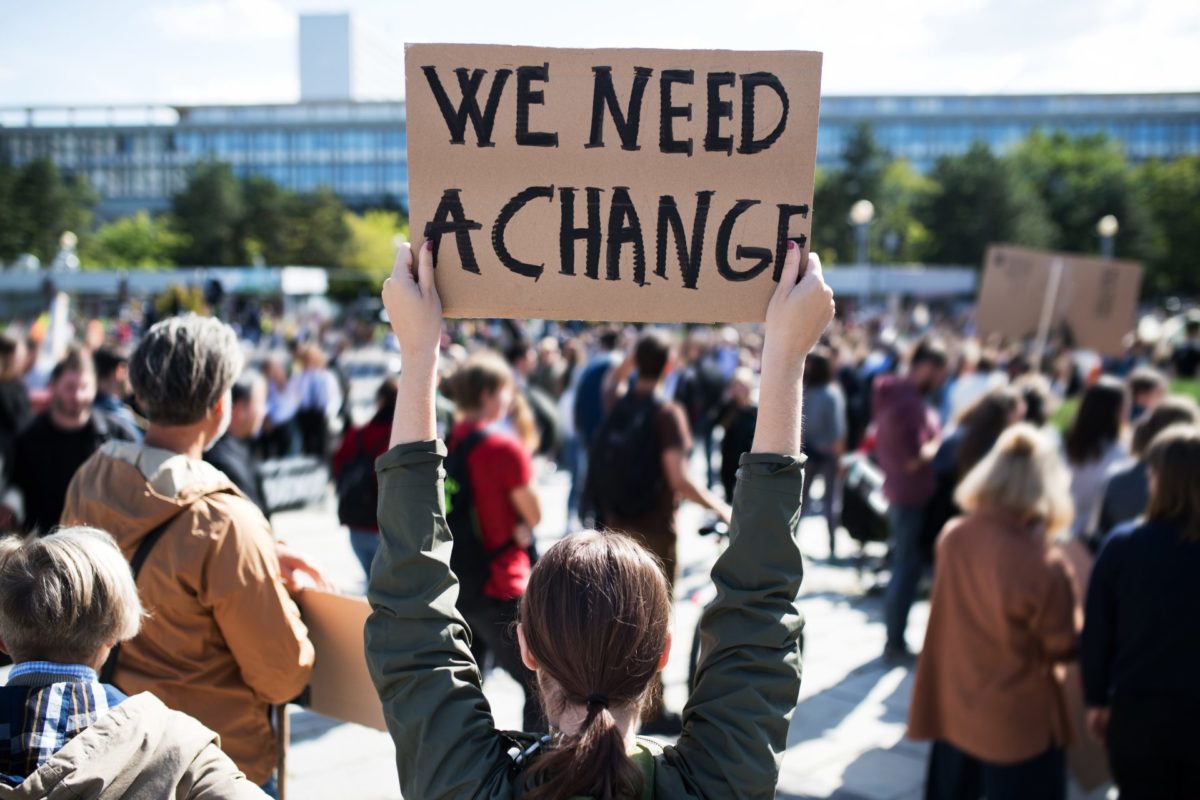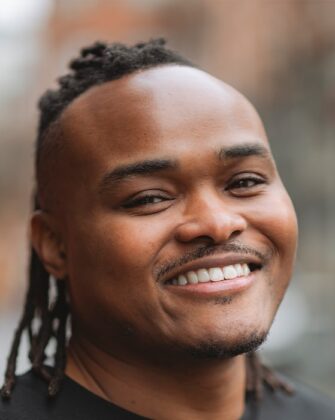The main driving force behind this commitment is our Account Manager Kiorhte Aghoghogbe, who’s been doing some incredible work to benchmark diversity across the agency landscape, and set in motion our recent project with the Nottingham Business School.
We sat down with him to learn more, to better understand the landscape and find out what we’re doing to make change happen…
What are your main objectives with the new diversity and inclusion initiatives. Why is this important?
For us, the main objective is to have a robust diversity and inclusion policy within which both the company and the wider industry can progress. It’s all about helping people to see what a diverse and inclusive workforce could look like and how we can make things more open and accessible.
We want to break down those barriers and make people that are less represented feel part of a company and a community that they can identify with. I’ve been in this industry now for 10 or so years and have worked in some diverse organisations, but also others where I’m probably the only black person there. And that’s just something you expect to deal with.
But it shouldn’t be that way.
This is the challenge you find, particularly in the agency world. You get people who want to be diverse but there isn’t necessarily any action behind it, and policies that contribute to that don’t happen.
When I saw the job advert for my role here, there was actually a statement that said ‘we welcome people from LGBT and ethnic minority groups.’
That made such a huge difference as that’s something you don’t see very often.
In my interview process, I had an open and frank conversation with Hallam’s CEO, Julio. We spoke a lot about how he knew Hallam wasn’t as diverse as it could be but that we simply needed some guidance to get us there.
That kind of openness and enthusiasm really inspired me that I could make an impact and that was massive for me.

Tell us more about the project you’ve been working on with NTU?
Leading D&I at Hallam and talking about what we should do to make a better diversity and inclusion policy raised two clear questions.
These were:
- What does that look like?
- What should our targets and goals be?
We needed to research what the benchmark should be, what other companies are doing, and where we should be learning from to help us create our policy and to drive it forward.
We then thought about who could help us with that and as we’ve already got a great relationship with the team at Nottingham Trent University, we got in touch and asked for their support in making recommendations.
We finally decided that questionnaires and research was the right route, along with a wider literature review to pull together the information so we could have some really clear guidance at the end of the project.
With the help of their Master Students, a company survey was created and sent out to the whole team here. This allowed us to establish the following:
- People’s thoughts towards diversity and inclusion within Hallam
- How people thought about the leadership team, their vision and how they deal with these issues
- What individual’s experiences of joining Hallam were and how they got their roles
- Thoughts on what brought them to Hallam, company culture and the business’ outlook on diversity and inclusion
Following that, the students conducted more in-depth face-to-face interviews with a select number of Hallam team members – a broad and varied range of gender, role, seniority, and background.
Below is a snippet of just some of the questions that the pool of employees were asked:
- What is your current experience with Hallam like?
- Where do you think the business should be in 1-2 years?
- What’s stopping Hallam from progressing in D&I?
- What do you think a good policy should look like and what does it mean to you?
The final part of the project was for their students to do a literature review that involved talking to both agencies and businesses to find out exactly what they’re doing about diversity and inclusion.
For example, they looked at companies like Gymshark, Honest, and the BBC to find out what they had in place to shape our policy. We now have a tangible document containing all the analysis and data they learned that we can refer to and use to guide us to create this gold standard policy.
So, what are the next steps for how we’re going to implement that and what teachings have you taken from it?
We’re in the process of chatting internally to discuss the findings, what we can implement now, and what we can do on a long-term basis.
Something that we’ve learned from it is that we need to be franker in our recruitment policy and the way we advertise jobs – from the message and the tone to how we’re communicating with people.
Essentially, we need to be more open in everything that we do – from how we present ourselves online to when we’re speaking at talks, events or webinars to make sure we’re getting a diverse mix of our experts to inspire that next generation.
Do we have any plans to work with a younger audience?
One of the things we talked about was doing more internships and how we can get younger people into the agency to inspire them, especially those from minority ethnic groups and less representative backgrounds.
We know that that needs its own strategy, so it’s definitely something we’re looking to develop and are working out how to attract the best young talent in the industry.
Another big thing that was really important for this research was to spark debate and conversation and to use it to both challenge the industry and highlight the issues, so people are no longer afraid of having the conversation.
Our end goal is to create a gold standard policy which we can then share with other agencies so they can also implement our findings, and it becomes an industry norm.
You’re also doing a project with the Agency Collective, what does that involve?
The Agency Collective is a consultancy firm that works with lots of different agencies and provides consultative services, sharing knowledge, insights, events and conferences with all of their clients.
We’re partnering up with them to do another survey on a broader scale which is going to be targeted to all of their members within the industry – potentially thousands of agencies – which is going to be used to create a benchmarking report, so we can start those conversations and be at the forefront of educating other agencies.
Five ways agencies can go about improving D&I in their own environment:
Improving diversity and inclusion in the workplace is about much more than just hiring more diverse staff.
Instead, it’s about altering the culture, and creating a space that embraces differences, and where people feel comfortable to be themselves. Here’s some steps agencies can take:
- Conduct an internal review to gain insight and perspectives from your employees
- Take a look at what other businesses and agencies are doing, and how your current policies compare
- Adjust your recruitment process and how you find, and screen, new hires
- Invest in diversity training for both managers and the wider agency
- Be open to suggestions and reach out to your employees regularly to ask for their opinion and thoughts
Got a question about our Diversity and Inclusion policies? Get in touch with us now to find out more.






